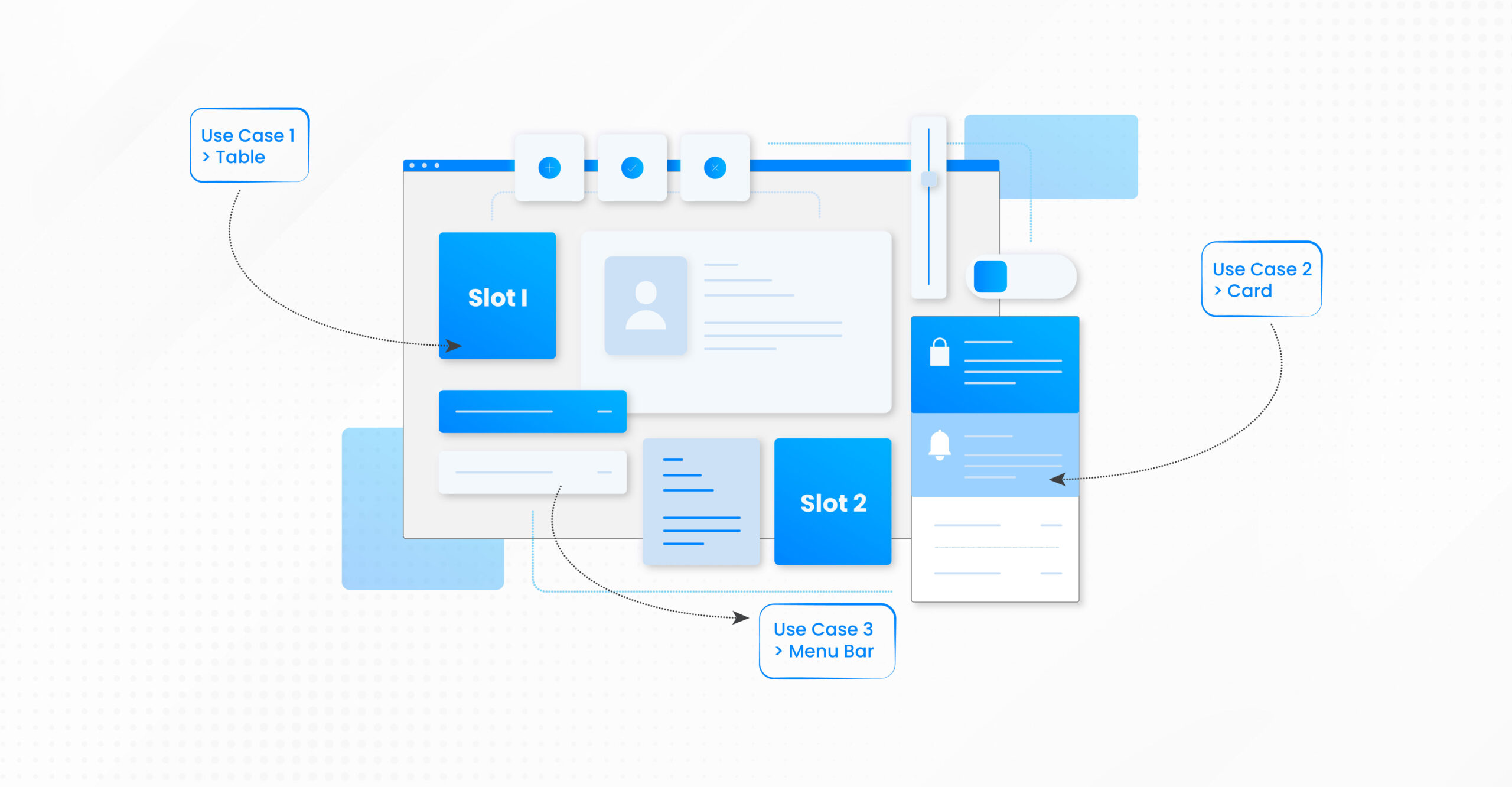SAP Ui5 is a popular framework for developing interactive web applications. It provides an efficient development model, allowing them to create complex applications quickly and easily. One of the key features of SAP Ui5 is the ability to create and use reusable components. Reusable components are one of the most efficient ways to build high-performance web applications with fewer lines of code.
Reusable UIs use reuse components that are regularly used across many applications like attachment services or output management.
Introduction to Reusable Components:
Reusable components are a type of software components that can be used multiple times in different applications. These components are designed to improve the performance of web applications by providing a way to reuse existing code. Reusable components are typically created by encapsulating existing UI elements into reusable libraries. These libraries can then be deployed to the application and consumed in other applications when needed. This reduces the amount of time and effort required to build applications, as well as the amount of code that needs to be written. Additionally, reusable components allow us to focus on more important aspects of the application development process.
Reusable components are typically divided into two main categories:
- Custom Libraries – Custom libraries are pre-built components that are used to create custom applications.
- Custom Controls – Custom controls are components that are used to create user interfaces and other visual elements.
What is SAP UI5 Libraries?
SAP UI5 libraries are a type of reusable component that is specifically designed to build web applications using the SAP UI5 framework. SAP UI5 is a frontend development framework that provides a comprehensive library of tools and components to create web applications. The libraries provide pre-built components that can be used to quickly build applications.
Understanding the Concepts of UI5 Libraries:
The SAP UI5 libraries are organized into three main concepts:
- Library – The library is the main component of the SAP UI5 libraries and is the central repository of reusable components.
- Control – The control is the component that is used to create user interfaces and other visual elements.
- Resource – The resource is the component that is used to manage the resources needed by the application, such as images, style sheets, and scripts.
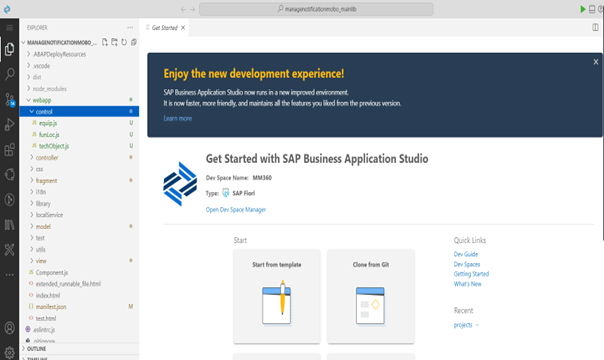
Creating Custom Libraries:
Reusable libraries can be created with several different tools. Most commonly, we will use SAP Web IDE, and SAP Business Application Studio to create reusable libraries. The SAP Business Application Studio provides an easy-to-use interface for creating and deploying reusable libraries. It also makes it easy to organize their code and keep track of their reusable components.
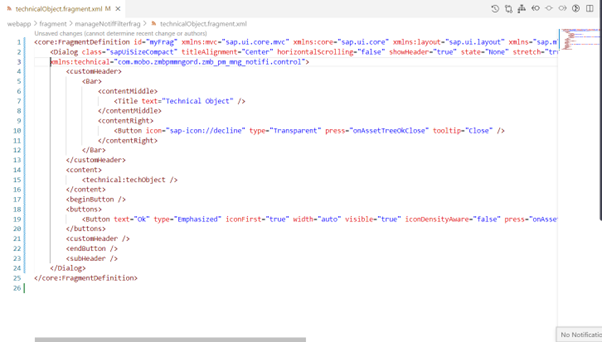
The main structure of controls:
- Properties: Allows defining its appearance and behavior on initialization.
- Aggregations: Let’s group controls, variables, etc. Let’s define containers inside a control. For example sap.ui.table. The table has different aggregations like columns, rows, etc.
- Associations: Controls can be associated with others that are not part of them. For example, if we want to render a collection with next/previous functionality we could develop a previous Item / next Item association.
- Events: Control events must be compared to higher-level events than standard DOM events (click, mouseover, etc). For example, if we develop a Control that renders many tabs, tab Select could be an event when a tab is selected.
- Appearance: Definition of our control in screen area. Every control has a render method to be rendered in HTML code.
Deploying Reusable Libraries:
Once a reusable library has been created, it can then be deployed to the application. This can be done using the ABAP repository deployment, which allows them to deploy their library to multiple applications. It also allows them to easily manage the versioning of their libraries, ensuring that the correct version of the library is deployed to each application. It provides a centralized repository for their libraries, making it easy to find and reuse them when needed.
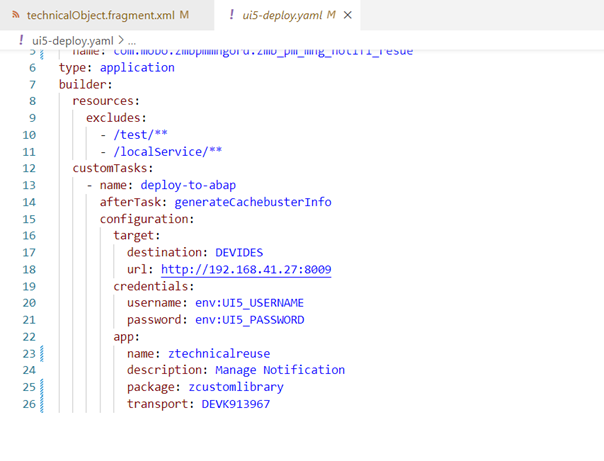
Consuming Reusable Libraries:
Once a reusable library has been deployed, it can then be consumed when needed. This can be done using the SAP Ui5 library consumption, which allows to easily consume reusable libraries in their applications. It also makes it easy to keep track of which libraries are being consumed, ensuring that the correct version of the library is always used. This makes it easy to find and reuse libraries when needed. To Consume a reusable library in applications we need to use the jQuery path in consuming applications.
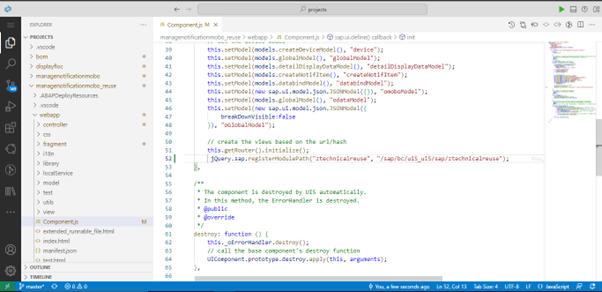

Custom Controls in Reusable Libraries:
Custom controls are pieces of code that can be used to create custom UI elements in an application. Custom controls are typically created using the SAP UI5 framework. The SAP UI5 framework provides an easy-to-use interface for creating custom controls. Once a custom control has been created, it can then be used in an application. This can be done using the SAP Ui5 library consumption, which allows to easily consume custom controls in their applications.
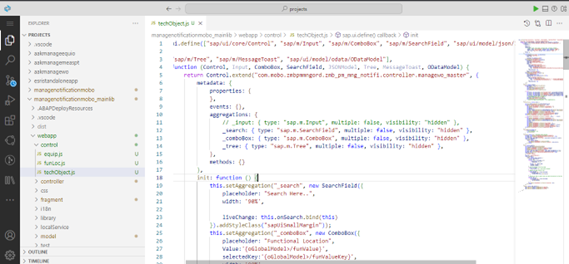
Best Practices for Reusable Components:
- We should create a reusable library for each application. This will help ensure that the codebase is organized and easy to maintain.
- We should use the ABAP repository deployment to deploy libraries. This will ensure that the correct version of the library is deployed to each application.
- We should use the SAP Ui5 library consumption to consume reusable libraries in applications. This will make it easy to keep track of which libraries are being consumed.
- We should create custom controls when needed. This will help ensure that the application looks and feels consistent across all parts of the application.
- Finally, we should test applications thoroughly before deploying them. This will help ensure that the application works as expected and that any errors can be quickly identified and fixed.
Benefits of Using UI5 Libraries:
- The SAP UI5 libraries provide a range of benefits. For example, they can reduce the amount of time and effort required to build applications, as well as reduce the amount of code that needs to be written. Additionally, they can help improve the performance of applications by providing a way to reuse existing code.
- Finally, they can help reduce the cost of development, as they are typically available for free or at a low cost.
- Using the SAP UI5 libraries can also help create applications with fewer lines of code.
- This can help reduce the amount of time it takes to develop applications, as well as reduce the risk of errors.
Conclusion:
Reusable components are an efficient way to build high-performance web applications with fewer lines of code. SAP UI5 libraries are a type of reusable component that is specifically designed to build web applications using the SAP UI5 framework. If you’re looking to leverage the power of reusable components, then the SAP UI5 libraries are a great choice.
